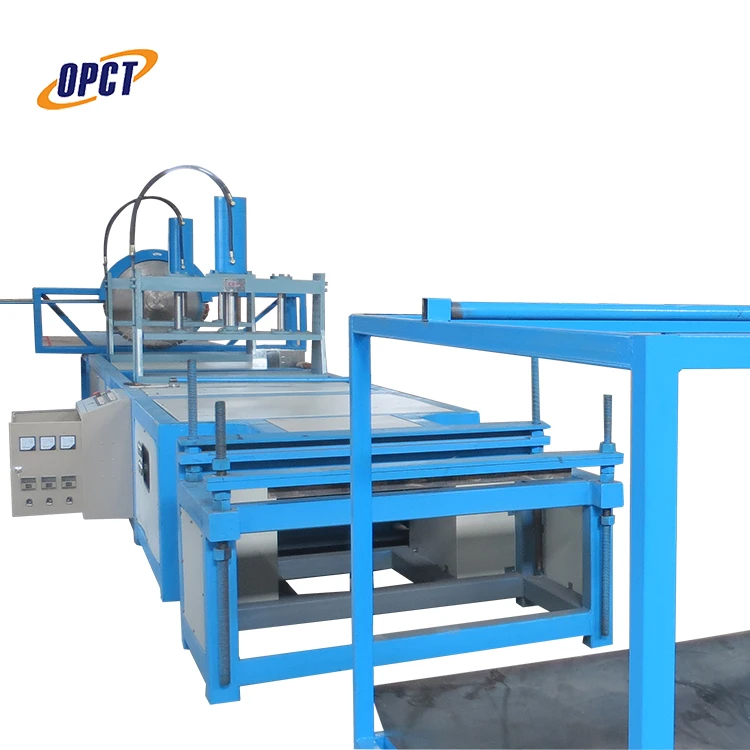Fiberglass Reinforced Plastic (FRP) pipes have gained substantial popularity across various industrial sectors due to their superior corrosion resistance, lightweight, and durability. When contemplating an investment in FRP pipes, one of the foremost considerations is the cost per foot, which can vary based on several pivotal factors.

Firstly, the diameter of the FRP pipe significantly influences its cost. Larger diameter pipes generally require more material and consequently are priced higher. Standard diameters for industrial use can vary from 1 inch to over 60 inches, with costs increasing progressively with size. For instance, while a small diameter pipe may cost a few dollars per foot, a 60-inch diameter pipe could cost upwards of several hundred dollars per foot.
Secondly, the resin type used in the FRP pipe is another key determinant of cost. Common resins include polyester, vinyl ester, and epoxy, each providing varying degrees of chemical resistance and thermal performance. Epoxy resins, known for their superior strength and corrosion resistance, typically command higher prices compared to polyester. However, the higher upfront costs of epoxy resin pipes might be justified by their longer lifespan and lower maintenance requirements, offering cost-efficiency in the long run.

Moreover, the specification of the pipe, such as pressure ratings and thickness, can also affect the price. Pipes designed to withstand higher pressures are reinforced more heavily and therefore may be more expensive. These pipes are essential in industries such as chemical processing or oil and gas, where high-pressure performance is critical to prevent failures and potential hazards.
In addition to material costs,
fabrication and installation play a crucial role in the cost per foot of FRP pipes. Custom fabrication, although offering precise specifications and better fit, usually increases the overall expense. Installation costs will depend on the complexity of the project, including the number of joints, bends, and the need for specialized labor or equipment. In many cases, hiring experienced professionals for installation is a wise choice to ensure longevity and reliable performance.
frp pipe cost per foot
Environmental considerations can influence FRP pipe costs, particularly related to transportation. Lightweight FRP pipes reduce transport expenses, a significant advantage over heavier alternatives like steel or concrete pipes. However, long-distance transportation or challenging site access can increase total project costs and should be factored into your overall budget assessment.
The industry-specific requirements also dictate certain cost implications. For instance, pipes used in the food and beverage industry might require additional compliance features for safety and hygiene, potentially raising costs. Similarly, the use of FRP pipes in projects dealing with hazardous materials might require special coatings or enhancements that could elevate the price per foot.
When evaluating the cost per foot of FRP pipes, it's critical to consider the total cost of ownership rather than just the initial investment. While FRP pipes might represent a higher upfront cost compared to some traditional materials, their longevity, reduced maintenance, and resistance to various corrosive environments often result in lower long-term costs. The lightweight nature of FRP also contributes to reduced shipping and handling expenses, further enhancing their economic viability.
Engaging with a knowledgeable supplier or consultant specializing in FRP pipes can provide invaluable insights and help in selecting the optimal pipe specifications that align with project requirements and budget constraints. These experts can leverage their experience and industry expertise to deliver customized solutions that meet performance expectations and withstand diverse environmental conditions.
In conclusion, the cost of FRP pipes per foot is not a fixed figure; it varies according to multiple factors including size, material, specifications, and project-specific needs. Understanding these elements and integrating them into the planning and budgeting phases can lead to a more informed and financially sound decision. This strategic approach ensures that project goals are met efficiently, effectively balancing initial investment with long-term performance and cost-effectiveness.




